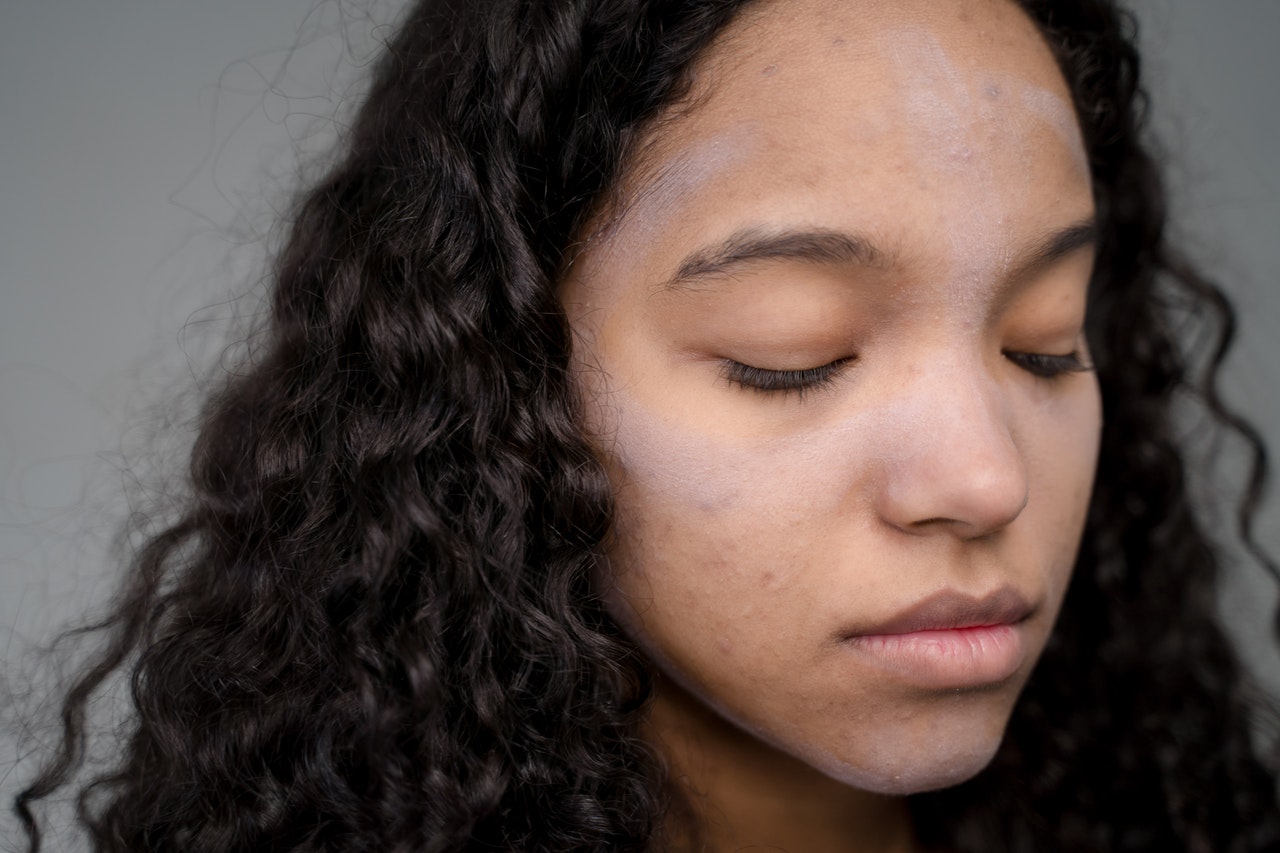It’s easy to take our skin for granted and not look after it properly or even get it regularly checked out – until it’s too late. As the body’s largest organ, serving multiple functions, the skin comprises several layers and is a complex structure that can suffer various conditions and diseases.
So it’s worth attending the dermatology department of a hospital to make sure there are no problems with your skin, especially if you’re concerned about something that doesn’t seem to be going away. Here are some common skin conditions that affect people of all ages that a private dermatology clinic can help you deal with.
Acne
Typically afflicting image-conscious teenagers, acne can also erupt on older people’s faces and be difficult to eradicate. It occurs when dead skin cells and the oily substance called sebum become trapped in the pores of hair follicles, and this then causes pimples, blackheads and whiteheads to form. While acne often develops on the face, it can also break out on the upper part of the back and areas of the shoulders, as these all have the most oil-producing sebaceous glands in the body.
Scars
Acne scars or scars caused by an injury can significantly reduce people’s confidence. Rather than attempting to scale down the appearance of your ravages on your own, you can always consult a dermatologist or a cosmetic surgeon to properly examine your skin and determine what type of treatment is required. Cosmetic procedures have become more common in recent years. Nonsurgical cosmetic dermatology includes a wide range of procedures that are both safe and effective. These procedures, which include energy-based device therapy, neurotoxins, and dermal fillers, are increasingly being used in combination to improve outcomes. If you and your dermatologist agree that treatment is appropriate for you, your dermatologist will design a treatment plan that is specific to your needs. Several other cosmetic treatments may also help you get rid of your scars faster. For more information on cosmetic treatments, you can always contact dermatologists through websites such as https://scalemusiccity.com/.
Eczema
This is another common skin condition that affects millions of people worldwide; it leads to patches of dry and red skin that are itchy. Specific allergies are believed to cause eczema, such as those triggered by soaps, pollution and pollen. Various foods can also cause a flare-up, including dairy products and nuts. Symptoms are usually mild, although eczema can become more severe and painful, with affected skin crusting and sores starting to weep.
Treatment: As there’s no cure for eczema, a dermatologist will recommend that people regularly cleanse the skin and use a moisturiser immediately afterwards. Anti-inflammatory creams and antibiotic medications may be prescribed in some cases.
Psoriasis
Psoriasis also causes red and itchy patches on the skin, usually on the abdomen, scalp, and around the knees and elbows. The condition is not fully understood, but as it occurs, when the skin cell turnover becomes faster than normal and the original cause of the issue is related to the immune system. Psoriasis can flare up and worsen due to several factors, including cold weather, stress, alcohol consumption, smoking, and different types of medication. But there is an alternative medication that can be used to help with Psoriasis. One such product is CBD, or basically cannabinoids, which is a chemical present in CBD products. It can help in controlling pain, inflammation, cell growth, itchiness, and may also speed up the healing process. You can look into buy my weed online or other similar websites to purchase these products.
Treatment: Creams including those containing corticosteroids and retinoids are typically used to treat affected areas.
Melanoma
This is the most serious type of skin affliction, as it can be fatal. Melanoma is a skin cancer and is generally caused by exposure to too much sunlight and the ultraviolet light of tanning beds. It can occur anywhere on the body and can be successfully treated if caught early. Signs to look for include changes in an existing mole – if one or more become bigger or darker in colour. It’s important to note that melanomas can appear on parts of the body that rarely receive any sunlight, such as the soles of the feet, which is why it’s vital to inspect all areas of your skin regularly.
Treatment: Depending on the stage of a melanoma, treatment options include surgery to remove it and any affected surrounding areas. If cancer has spread, treatment may also include radiotherapy and chemotherapy.
Many other conditions can strike the skin, including rosacea, hives, cold sores, keratosis and more, meaning it’s vital to see a dermatologist should you suspect you have something.




